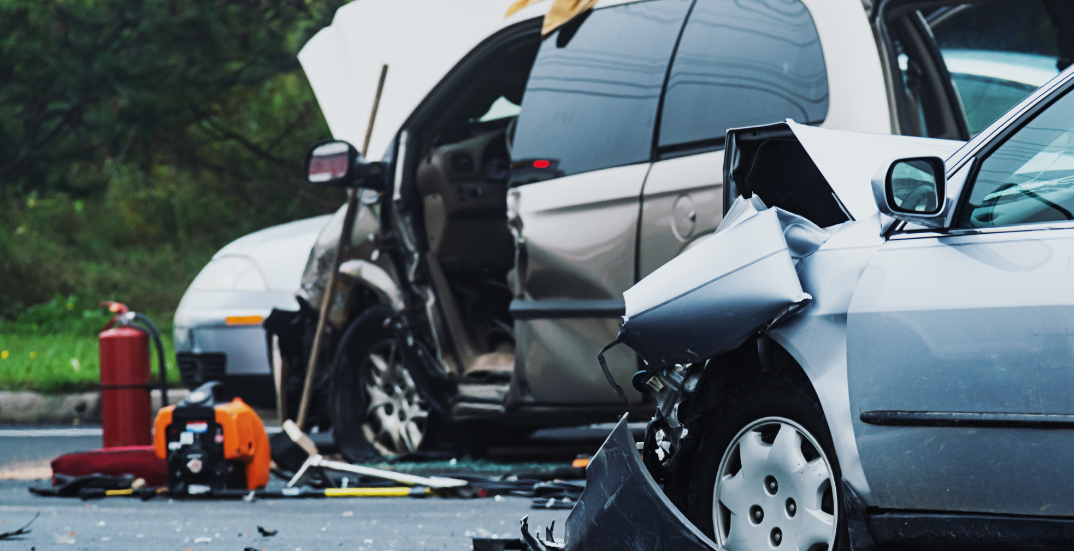Car accidents can lead to severe injuries and significant property damage for both residents and visitors in West Virginia. Understanding the leading causes of vehicle accidents is essential for drivers, as it helps them recognize potential hazards and modify their driving behaviors accordingly. In this post, we’ll explore the most common causes of car accidents in West Virginia, offering practical tips to stay safe on the road.
1. Speeding: A Major Factor in Accidents
1.1 Understanding the Impact of Speeding
Speeding remains one of the leading causes of vehicle accidents across the United States, and West Virginia is no exception.
According to the National Safety Council, speeding was a factor in 29% of all traffic fatalities in 2021, with an average of over 33 people losing their lives each day due to speed-related crashes.
In a state known for its winding roads and scenic landscapes, it’s crucial for drivers to maintain safe speeds, especially in adverse weather conditions.
1.2 Legal Consequences of Speeding
West Virginia has strict laws in place regarding speeding, and the penalties can be severe. Drivers caught exceeding the speed limit may face hefty fines, points on their driving record, or even license suspension.
These consequences not only affect your wallet but can also lead to higher insurance rates. It’s essential to adhere to speed limits and adjust your speed according to road conditions.
1.3 Tips for Safe Speed Management
To help manage your speed safely, consider the following tips:
- Observe Speed Limits: Always adhere to posted speed limits.
- Adjust for Conditions: Reduce your speed in poor weather, heavy traffic, or unfamiliar areas.
- Use Cruise Control Wisely: When driving on highways, cruise control can help maintain a consistent speed, but be prepared to take control when necessary.
2. Distracted Driving: The Hidden Danger
2.1 Types of Distractions
Distracted driving is another leading cause of car accidents. According to the Centers for Disease Control and Prevention (CDC), approximately nine individuals are killed every day in distracted driving crashes across the United States.
There are three main types of distractions that can affect drivers:
- Visual Distractions: Taking your eyes off the road.
- Manual Distractions: Taking your hands off the wheel.
- Cognitive Distractions: Taking your mind off driving.

2.2 Distracted Driving Statistics
The risks associated with distracted driving are alarming. Activities such as texting, browsing social media, eating, or even conversing with passengers can divert attention from the road, significantly increasing the chances of an accident.
2.3 How to Stay Focused While Driving
To minimize distractions while driving, follow these tips:
- Put Away Your Phone: Silence notifications and keep your phone out of reach.
- Limit Passengers: If you’re driving with friends or family, ask them to keep conversations to a minimum.
- Plan Ahead: If you need to eat or drink, do so before hitting the road or pull over to a safe location.
3. Drunk Driving: A Persistent Threat
3.1 Alcohol-Related Accident Statistics in West Virginia
Drunk driving remains a significant issue in West Virginia. According to data from Responsibility.org, approximately 21.5% of all traffic fatalities in the state were related to alcohol-impaired driving.
Fortunately, West Virginia has made strides in reducing alcohol-related fatalities, achieving a 33% decrease from 2010 to 2019.
3.2 The Risks of High Blood Alcohol Content
Driving under the influence significantly increases the risk of accidents. In West Virginia, nearly 68% of alcohol-impaired driving fatalities involved drivers with a blood alcohol content (BAC) level of over .15%. This level poses an even greater danger on the road.
3.3 Prevention and Alternatives
To prevent drunk driving, consider the following alternatives:
- Designated Driver: Choose a friend to stay sober and drive you home.
- Ride-Sharing Services: Use services like Uber or Lyft to avoid driving under the influence.
- Public Transportation: Familiarize yourself with local public transit options for safe travel.
4. Following Too Closely: The Rear-End Risk
4.1 The Dangers of Tailgating
Tailgating or following too closely is a common cause of rear-end accidents. When drivers do not maintain enough space between their vehicle and the one in front, the likelihood of a collision increases.
Even though rear-end accidents may not seem severe, they can lead to significant injuries for drivers and passengers alike.
4.2 Safe Following Distance
To ensure safe driving, always maintain a safe following distance. A good rule of thumb is the “three-second rule,” which suggests that drivers should stay at least three seconds behind the vehicle in front of them.
This distance allows for enough time to react in case the front driver suddenly slows down or stops.
4.3 Legal Implications of Rear-End Collisions
In West Virginia, rear-end collisions often lead to legal consequences, especially if the following driver is found to be at fault.
If you or a loved one is injured in a rear-end accident, consulting with an experienced car accident attorney is crucial to understanding your rights and options.

5. Failing to Yield: Understanding Right-of-Way Laws
5.1 Right-of-Way Basics
Every state has right-of-way laws that help direct the flow of traffic. These laws dictate when drivers must yield to others, such as at stop signs, traffic lights, and intersections. Failing to yield can increase the risk of accidents with other vehicles, motorcyclists, cyclists, and pedestrians.
5.2 Common Scenarios Leading to Failures to Yield
Common scenarios where drivers may fail to yield include:
- Turning left at intersections without checking for oncoming traffic.
- Ignoring pedestrians in crosswalks.
- Merging onto highways without yielding to faster-moving traffic.
5.3 How to Navigate Right-of-Way Situations Safely
To navigate right-of-way situations safely, remember to:
- Always Check for Traffic: Look both ways before proceeding at intersections.
- Be Cautious with Pedestrians: Always give pedestrians the right of way.
- Use Turn Signals: Indicate your intentions to other drivers to avoid confusion.
Conclusion
Understanding the leading causes of car accidents in West Virginia can help drivers stay vigilant and improve road safety. By being mindful of speeding, distracted driving, drunk driving, following too closely, and failing to yield, you can significantly reduce your risk of being involved in an accident.
If you or a loved one has been injured in a car accident, it’s essential to seek legal guidance. Contact Manchin Ferretti Injury Law today to discuss your case and ensure that your rights are protected. Your safety is our priority, and we’re here to help you navigate the road to recovery.





